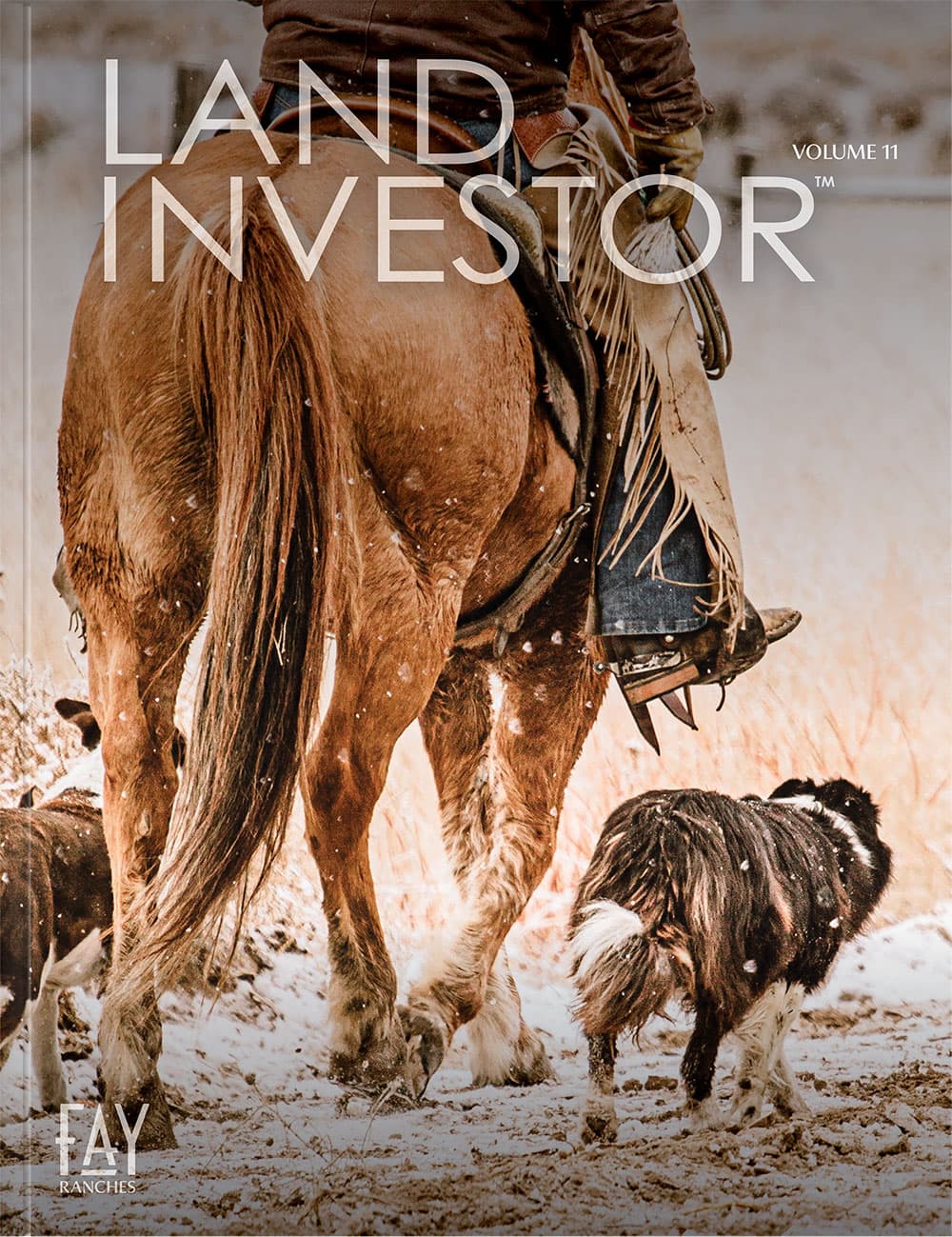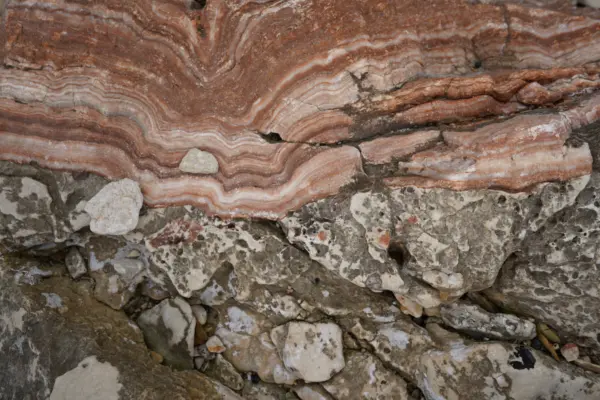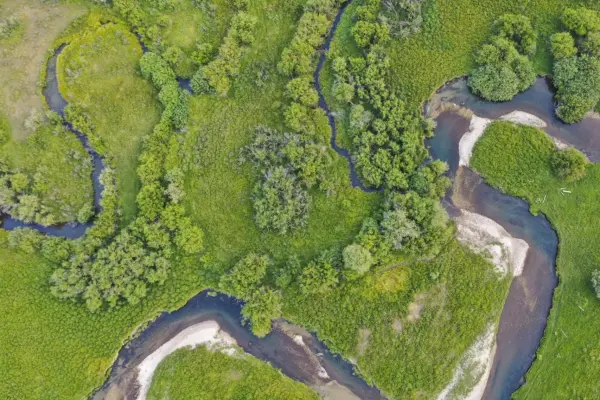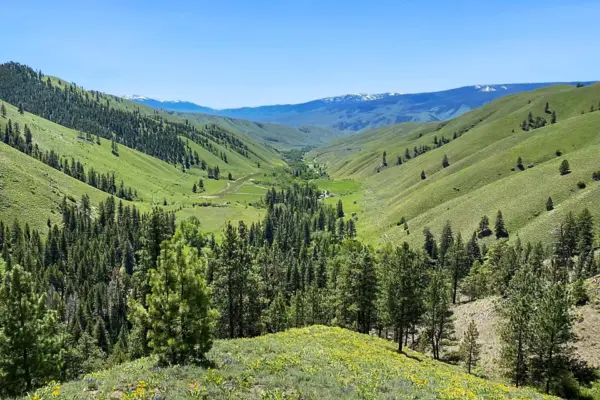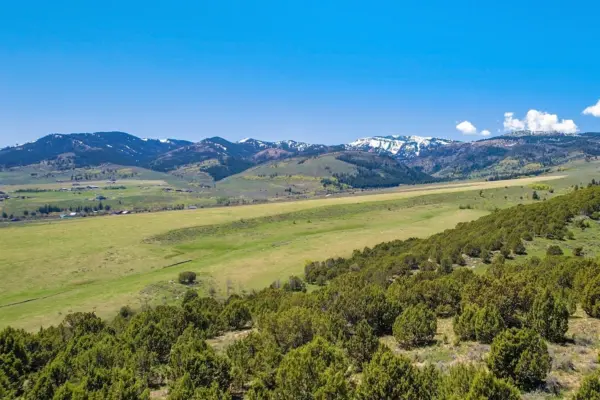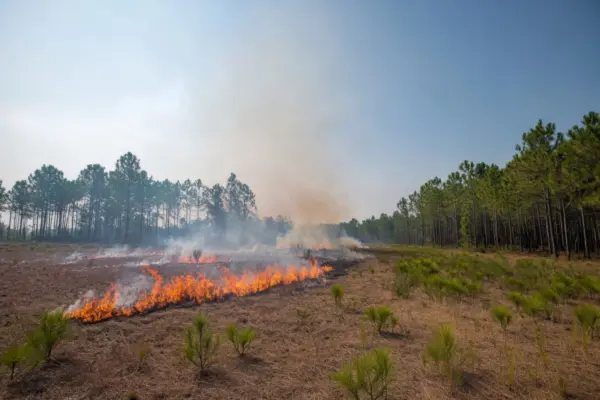"Miles for piles." It's a saying every shed hunter knows, and for good reason. We walk miles, sometimes tens of miles, over rugged terrain just for the chance to find that one single antler, and in full transparency, a handful is more realistic of a goal than an actual pile these days. For me, it's more than just a hobby; it's been an obsession for over 25 years. Every spring, I lace up my boots and set out to find antlers, hiking along every sun-soaked south-facing slope I can find.
How Did We Get Here
Shed hunting has exploded in popularity, and with that growth comes fierce competition. These days, people are combing through prime areas as soon as the season opens or even as the antlers are still hitting the ground, leaving little behind for others to find. Social media has played a massive role in fueling this surge, with antler hauls, scenic backcountry shots, and gear rundowns turning shed hunting into a mainstream outdoor pursuit.
The rise of YouTube and social media has added a new dimension to shed hunting—one that didn't exist even a decade ago. What started as a way to share stories and celebrate finds has, in some ways, morphed into a numbers game. Entire online identities now revolve around how many browns a person picks up each spring. For some, it's become less about the experience and more about the proof, a tailgate stacked with sheds, a GoPro catch of the exact moment a tine catches the light. Platforms that once built community now fuel comparison, and the pressure to perform has changed the energy on the mountain.
